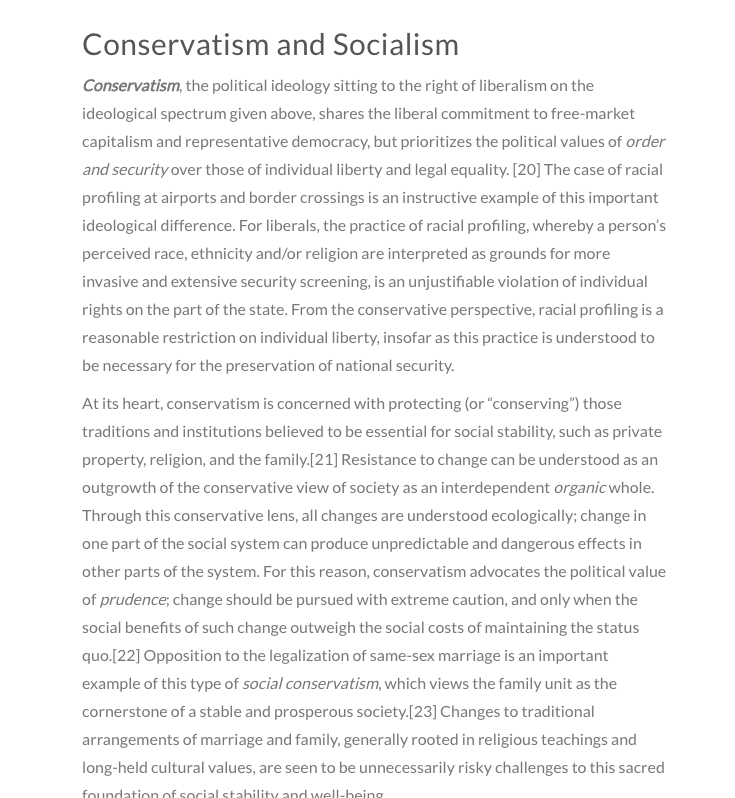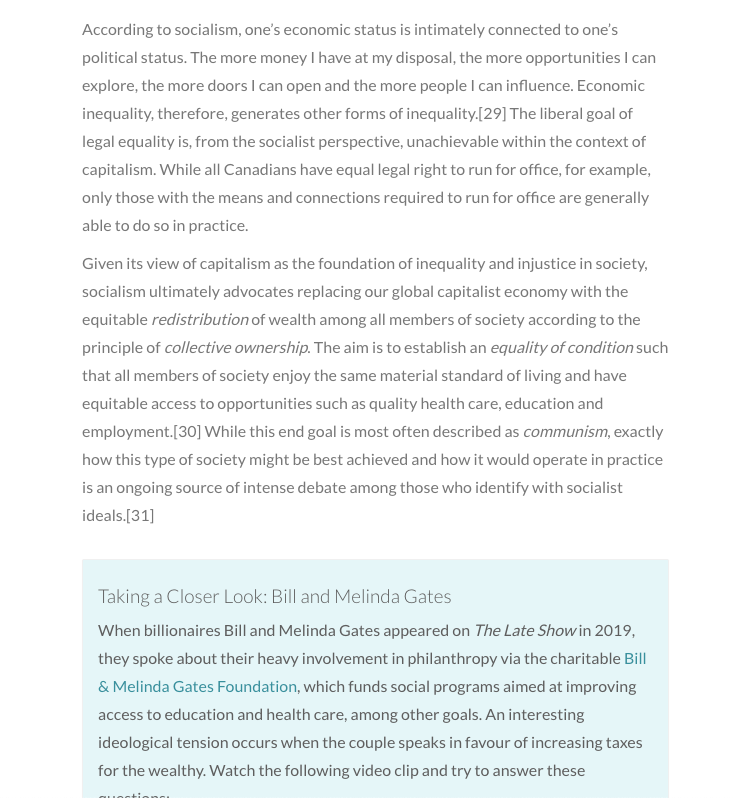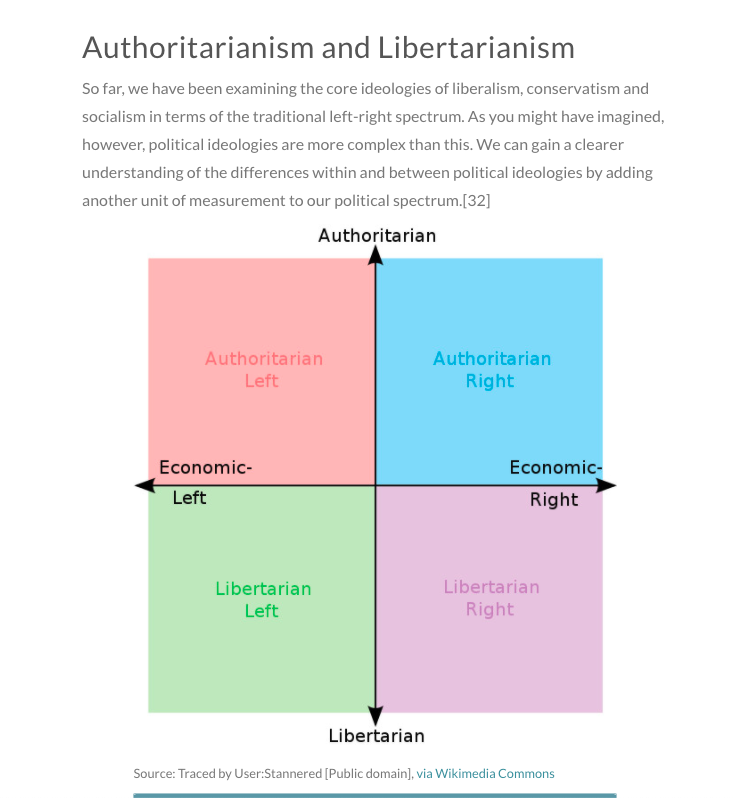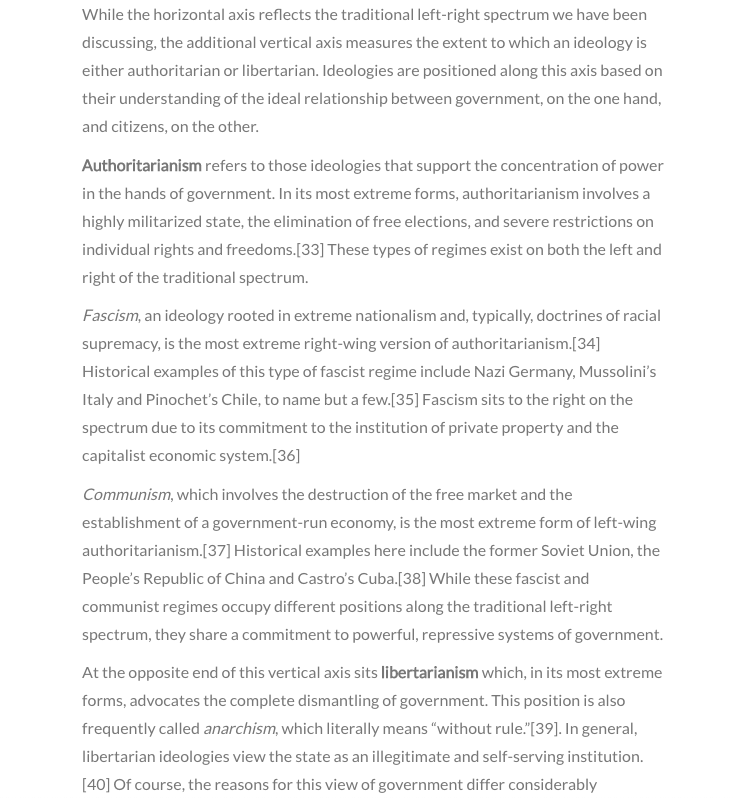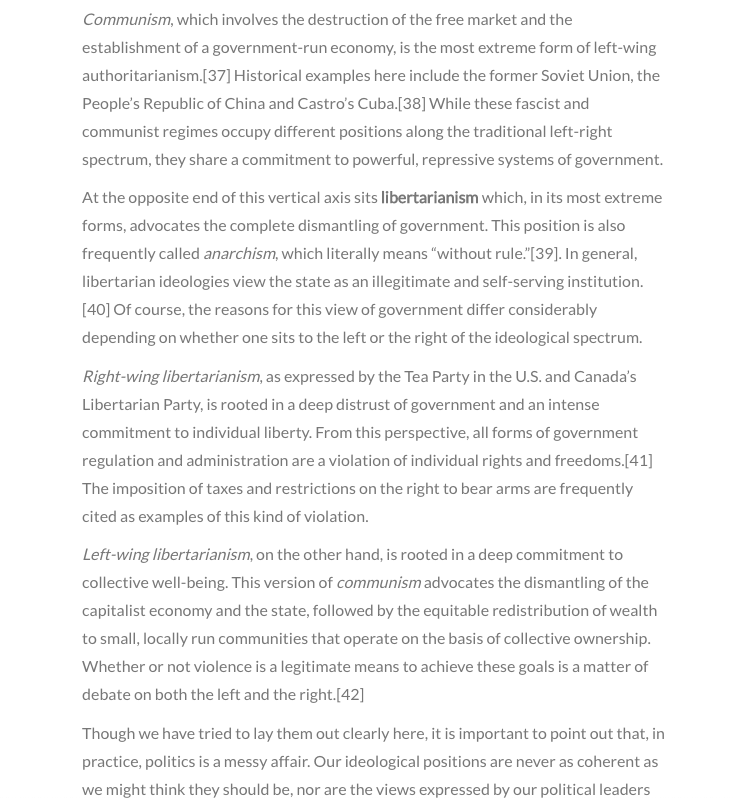Please please help me 1: Describe the interdependence between the natural world and social world and discuss the environmental, economic, political, and/or cultural implications of
Please please help me
1: Describe the interdependence between the natural world and social world and discuss the environmental, economic, political, and/or cultural implications of this dynamic.
2: Explain how power is distributed, maintained, and enforced, and give examples of the ways in which people react to that power.
My career goal is to be an entrepreneur and a business woman, I want to open up my own salon and a restaurant.
Task...
Map out the structure of this tasks:
a. First, you should briefly outline what your future career is and what it involves. Topics to consider:
i. Do you envision multiple careers?
ii. Do you think you will be self-employed?
iii. What sector(s) will you work in? Manufacturing? Service sector? Public or private sector? Other?
b. Second, summarize key points in the globalization articles and then list how globalization specifically affects, both positively and negatively, your future career(s). Topics to consider:
i. What are the environmental, social, economic, cultural, and political impacts of globalization and how will these forces directly affect you.
c. Third, summarize key points in the politics article and show how politics can address the issues that will inevitably affect your career(s). Topics to consider:
i. How do the different political ideologies that we discussed during class respond to the challenges of globalization?
1. Can you give specific examples?
Follow this format when you write your assignment:
State your thesis:
In this assignment, I am going to argue that my career as a ___________________ will be greatly affected by both globalization and politics.
Readings
Conservatism and Socialism Conservatism, the political ideology sitting to the right of liberalism on the ideological spectrum given above, shares the liberal commitment to free-market capitalism and representative democracy, but prioritizes the political values of order and security over those of individual liberty and legal equality. [20] The case of racial profiling at airports and border crossings is an instructive example of this important ideological difference. For liberals, the practice of racial profiling, whereby a person's perceived race, ethnicity and/or religion are interpreted as grounds for more invasive and extensive security screening, is an unjustifiable violation of individual rights on the part of the state. From the conservative perspective, racial profiling is a reasonable restriction on individual liberty, insofar as this practice is understood to be necessary for the preservation of national security. At its heart, conservatism is concerned with protecting (or "conserving") those traditions and institutions believed to be essential for social stability, such as private property, religion, and the family.[21] Resistance to change can be understood as an outgrowth of the conservative view of society as an interdependent organicwhole. Through this conservative lens, all changes are understood ecologically; change in one part of the social system can produce unpredictable and dangerous effects in other parts of the system. For this reason, conservatism advocates the political value of prudence; change should be pursued with extreme caution, and only when the social benefits of such change outweigh the social costs of maintaining the status quo.[22] Opposition to the legalization of same-sex marriage is an important example of this type of social conservatism, which views the family unit as the cornerstone of a stable and prosperous society.[23] Changes to traditional arrangements of marriage and family, generally rooted in religious teachings and long-held cultural values, are seen to be unnecessarily risky challenges to this sacredfoundation of social stability and well-being. Conservatism accepts restrictions on the moral liberty of citizens when it is necessary to ensure order and stability. However, government intervention in and regulation of the capitalist free market is strongly resisted, as it is understood to produce market inefficiencies and to interfere with economic growth. According to conservatism, capitalism is the best possible economic system because it provides individuals with economic incentive to work hard and innovate. In the face of economic inequality and poverty, conservatism generally advocates private charitable efforts to help those in need, rather than public initiatives that rely on taxpayer money and government coordination.[24] From the conservative perspective, socioeconomic hierarchy is a natural and inevitable feature of human society; there will always be those that rise to the top and those that sink to the bottom. Conservatism tends to put its faith in those that do rise to the top, understanding the acquisition of authority and resources to be a function of individual ability, merit and accomplishment, rather than privilege and opportunity.[25] Socialism, which sits to the left of liberalism on the ideological spectrum, fundamentally rejects the conservative account of inequality in society. Rooted in the ultimate goal of eliminating socioeconomic inequality, socialism views the coexistence of extreme wealth and widespread poverty as neither natural nor inevitable. Instead, the socialist perspective understands inequality as both the result and the necessary condition of our global capitalist economy.[26] Put simply, we cannot all be Bill Gates, because then who would work for Microsoft? Capitalism generates historically specific economic classes based on their relationship to the means of production. That is, while a handful of people privately own the land, technology and financial capital necessary to produce goods and services, the majority of us are dependent upon selling our labour in exchange for aAccording to socialism, one's economic status is intimately connected to one's political status. The more money I have at my disposal, the more opportunities I can explore, the more doors I can open and the more people I can influence. Economic inequality, therefore, generates other forms of inequality.[29] The liberal goal of legal equality is, from the socialist perspective, unachievable within the context of capitalism. While all Canadians have equal legal right to run for office, for example, only those with the means and connections required to run for office are generally able to do so in practice. Given its view of capitalism as the foundation of inequality and injustice in society, socialism ultimately advocates replacing our global capitalist economy with the equitable redistribution of wealth among all members of society according to the principle of collective ownership. The aim is to establish an equality of condition such that all members of society enjoy the same material standard of living and have equitable access to opportunities such as quality health care, education and employment.[30] While this end goal is most often described as communism, exactly how this type of society might be best achieved and how it would operate in practice is an ongoing source of intense debate among those who identify with socialist ideals.[31] Taking a Closer Look: Bill and Melinda Gates When billionaires Bill and Melinda Gates appeared on The Late Showin 2019, they spoke about their heavy involvement in philanthropy via the charitable Bill & Melinda Gates Foundation, which funds social programs aimed at improving access to education and health care, among other goals. An interesting ideological tension occurs when the couple speaks in favour of increasing taxes for the wealthy. Watch the following video clip and try to answer theseAILY NEWS PRIME LAYSTYLE TRAIL SNEST WEATION POLITICS BALECONOMY IS THE RISE The future of the country ELECTIONS IN CANADA Source: ra2studio / Shutterstock.com If you come away from this article with a better understanding of why politics is deserving of your attention, as well as a clearer picture of your own political values and beliefs, then your time has been well spent. In truth, whether or not we pay attention to this important dimension of social life, we are all political actors whose lives are both shaped by and, in turn, shape power relationships around the globe. Whether you'll be able to find a well-paying job when you graduate; whether you'll be able to afford your own home one day; whether you'll be able to travel the world as you hope to do; whether you'll be able support and raise a healthy family, if you want to; or even if you're just buying a cup of coffee, your future is an intensely political affair. Hopefully, with a clearer view of the political landscape and your place in it, you are better equipped to help create the future you want.Authoritarianism and Libertarianism So far, we have been examining the core ideologies of liberalismI conservatism and socialism in terms of the traditional left-right spectrum. As you might have imagined. however, political ideologies are more complex than this. We can gain a clearer understanding of the differences within and between political ideologies by adding another unit of measurement to our political spectrum.[32] Authoritlrian Libertarian Source: Traoed by Usertsunnered [Public domain], via Wikin'redia Commons While the horizontal axis reflects the traditional left-right spectrum we have been discussing, the additional vertical axis measures the extent to which an ideology is either authoritarian or libertarian. Ideologies are positioned along this axis based on their understanding of the ideal relationship between government, on the one hand, and citizens, on the other. Authoritarianism refers to those ideologies that support the concentration of power in the hands of government. In its most extreme forms, authoritarianism involves a highly militarized state, the elimination of free elections, and severe restrictions on individual rights and freedoms.[33] These types of regimes exist on both the left and right of the traditional spectrum. Fascism, an ideology rooted in extreme nationalism and, typically, doctrines of racial supremacy, is the most extreme right-wing version of authoritarianism.[34] Historical examples of this type of fascist regime include Nazi Germany, Mussolini's Italy and Pinochet's Chile, to name but a few.[35] Fascism sits to the right on the spectrum due to its commitment to the institution of private property and the capitalist economic system.[36] Communism, which involves the destruction of the free market and the establishment of a government-run economy, is the most extreme form of left-wing authoritarianism.[37] Historical examples here include the former Soviet Union, the People's Republic of China and Castro's Cuba.[38] While these fascist and communist regimes occupy different positions along the traditional left-right spectrum, they share a commitment to powerful, repressive systems of government. At the opposite end of this vertical axis sits libertarianism which, in its most extreme forms, advocates the complete dismantling of government. This position is also frequently called anarchism, which literally means "without rule."[39]. In general, libertarian ideologies view the state as an illegitimate and self-serving institution. [40] Of course, the reasons for this view of government differ considerablyCommunism, which involves the destruction of the free market and the establishment of a government-run economy, is the most extreme form of left-wing authoritarianism.[37] Historical examples here include the former Soviet Union, the People's Republic of China and Castro's Cuba.[38] While these fascist and communist regimes occupy different positions along the traditional left-right spectrum, they share a commitment to powerful, repressive systems of government. At the opposite end of this vertical axis sits libertarianism which, in its most extreme forms, advocates the complete dismantling of government. This position is also frequently called anarchism, which literally means "without rule."[39]. In general, libertarian ideologies view the state as an illegitimate and self-serving institution. [40] Of course, the reasons for this view of government differ considerably depending on whether one sits to the left or the right of the ideological spectrum. Right-wing libertarianism, as expressed by the Tea Party in the U.S. and Canada's Libertarian Party, is rooted in a deep distrust of government and an intense commitment to individual liberty. From this perspective, all forms of government regulation and administration are a violation of individual rights and freedoms.[41] The imposition of taxes and restrictions on the right to bear arms are frequently cited as examples of this kind of violation. Left-wing libertarianism, on the other hand, is rooted in a deep commitment to collective well-being. This version of communism advocates the dismantling of the capitalist economy and the state, followed by the equitable redistribution of wealth to small, locally run communities that operate on the basis of collective ownership. Whether or not violence is a legitimate means to achieve these goals is a matter of debate on both the left and the right.[42] Though we have tried to lay them out clearly here, it is important to point out that, in practice, politics is a messy affair. Our ideological positions are never as coherent as we might think they should be, nor are the views expressed by our political leaders
